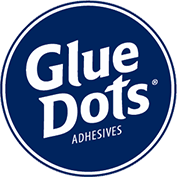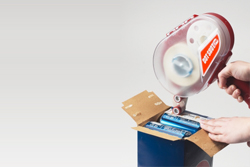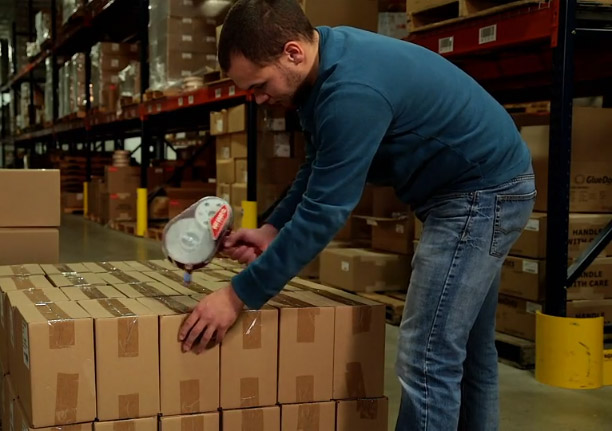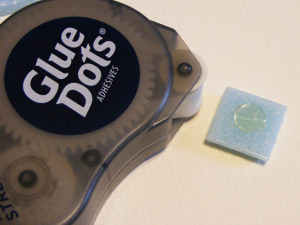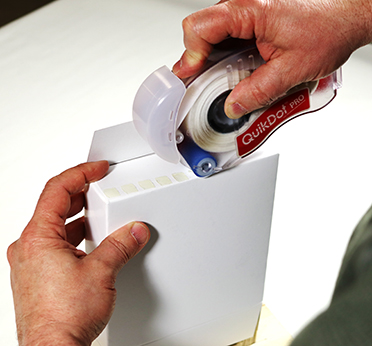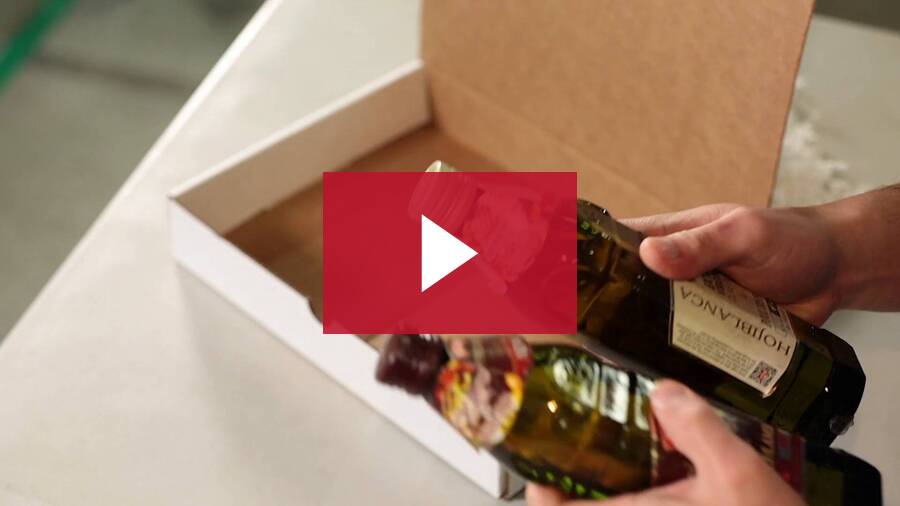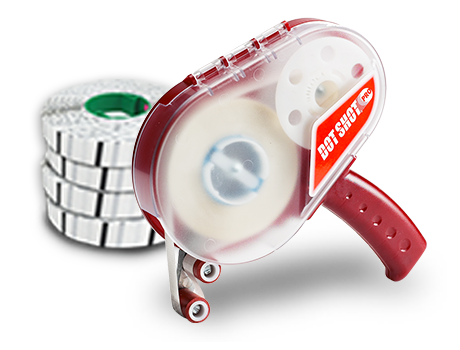Adhesives are a vital component of almost every packaging application. Glue Dots are one of the most trusted adhesives on the market today. Glue Dots were the first double-sided adhesive dots and created a viable alternative to other...
Glue Dots as a Trusted Adhesive for the Food & Beverage Industry
by The Team at GDI on August 29, 2019
Choosing the Right Glue Dots for Your Application
by The Team at GDI on June 24, 2019
Each type of adhesive has its own advantages, but when it comes to optimizing safety, cleanliness, and speed, Glue Dots are the go-to choice. They are non-toxic and acid-free; They are safe, with no risk of burns like you get with a...
Glue Dots vs. Adhesive Tapes: What's the Difference?
by Jen Libert on April 24, 2019
A wide range of applications rely on adhesive solutions to attach parts to each other. Adhesives come in a wide variety of forms, including adhesive tapes, hot melts, and Glue Dots (that’s us).
Determining the correct adhesive...
Glue Dots® vs. Hot Melts: What's the Difference?
by Jen Libert on April 11, 2019
In evaluating the best adhesive solution, packagers and manufacturers must consider properties such as tack level, bond strength, thickness and pattern. It’s also important to consider how your adhesive application will affect...
Glue Dots International is GHS Compliant
by GDI Industrial on July 29, 2015
Staying on top of important changes from the U.S. Department of Labor's Occupational Safety and Health Administration (OSHA) is an important part of business. It is our responsibility as a manufacturer to make sure our customers and...
Glue Dots Handheld Applicators - Which one is right for you?
by GDI Industrial on March 18, 2015
Whether your application is consumer packaging, beverage packaging, material handling, or forward-facing placement, handheld applicators for administering adhesives are useful. When it comes to applying our Glue Dots Brand Adhesives,...
Water-Based Adhesives – How to Manage Heat and Humidity
by GDI Industrial on March 11, 2015
Last week, we discussed how water-based adhesives can be adversely affected by the cold and changing temperatures through transport. Today, we’re going to discuss the opposite end of the temperature spectrum and discuss how you can...
Water-Based Adhesives – How to Manage Through the Winter Months
by GDI Industrial on March 04, 2015
Whether you’re using a water-based adhesive or a hot melt adhesive, there are three different environments that can adversely affect the adhesive’s structure and performance: cold weather, excess heat, humidity. Today, we’re going to...
Why Glue Dots Adhesives Are Just Better – Part 3
by GDI Industrial on February 18, 2015
In our last two blogs, we did our best to show that Glue Dots adhesives are superior to adhesive tape and hot melt adhesive. For the final blog in this series, we will be taking on a classic: liquid glue.
Part 3 - Glue Dots Adhesives...

